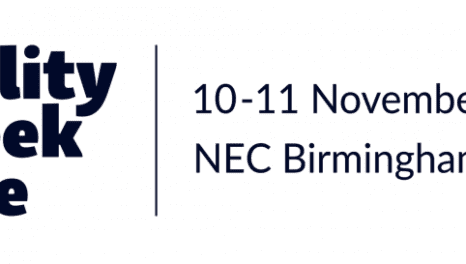The future of innovation funding
As uncertainty hangs over the future of network innovation pots, Denise Massey calls for a change in industry culture to ensure progress is maintained.
10th August 2016 by Networks

I have been party to many discussions over recent months concerning the next RIIO price control period and shaping the future of innovation funding. Following Ofgem’s announcement earlier this year that the Network Innovation Allowance (NIA) and the Network Innovation Competition (NIC) funds are being reviewed and potentially not renewed, this leaves big questions about the future of innovation funding in the industry. How will we fulfil the innovation ambitions of the networks in five and seven years’ time?
“In these times of austerity and as we continue to face uncertainty over what the ‘post-Brexit’ impact will be, it is likely that funds will be reducing rather than increasing.”
Of course there are other sources of funding available for innovators, such as Innovate UK. Nevertheless, of the 13 projects the Energy Innovation Centre (EIC) brokered during the 2015-16 period, at a value of £3.2 million, each one was funded through the NIA with a potential ROI to the industry of over £121 million.
It seems that although alternative funding routes are out there they tend to be the exception, not the rule. If the NIA and NIC funds will no longer be available, how will we plug the £99 million gap that the funds will leave?
As an industry we need to discover and take hold of the other options that are out there if we are to transform our energy future. However, in these times of austerity and as we continue to face uncertainty over what the ‘post-Brexit’ impact will be, it is likely that funds will be reducing rather than increasing.
Over the last few years, we have seen a real step change in the networks’ approach to embracing innovation and now is not the time to slow down. As an industry, we’re just getting started. Although the future of innovation funding is unknown, what is certain is that innovation projects need to deliver a clear ROI but also be realistic. We must remember, to create a true innovation space, there will always be an element of failure as new techniques are tried and tested. We also need to make the industry more attractive to private equity investors. But as it stands, as well as the risk of failure, investors are typically not likely to see a ROI in energy innovation projects until 10 to 15 years down the line, which isn’t an attractive offer.
The best way to turn this around is to increase the speed at which innovations are adopted as ‘business as usual’. For that to happen, there needs to be a cultural change in the industry that sees innovation as an integral part of its operations, not an added extra.
Although the responsibility to enable innovation doesn’t lie with the energy networks alone, as major players in the industry, we have the ability to drive it. As we look to the future, it will not be enough to think just as individual networks. We must work together to raise our ambitions, creating an environment where innovation can thrive and bring benefits to the energy customer.
The more we can do to enable gateways for innovators and SMEs to break through in to ‘business as usual’, the closer we are to making a real difference to our collective energy future.
Comments
Login on register to comment
Related content

Power
Utility Week Live 2020

Innovation, technology & operations
Building a net-zero network for north Scotland
As owner of the electricity transmission network in the north of Scotland, SSEN Transmission has a critical role to play in the transition to net zero - by building the transmission infrastructure required to connect renewable electricity generation, and transporting that clean electricity to areas of demand, writes Bless Kuri, head of transmission system planning and investment.

Gas
2020 vision: Siemens’ outlook on the next 12 months
Will 2020 be a turning point on the road to net-zero? Energy systems specialist Siemens, headed by GB chief executive Carl Ennis, looks ahead to advances in generation, off-grid networks, electric vehicle uptake and corporate transparency.